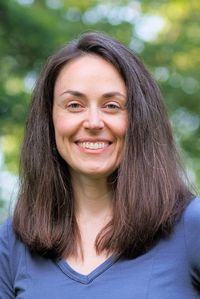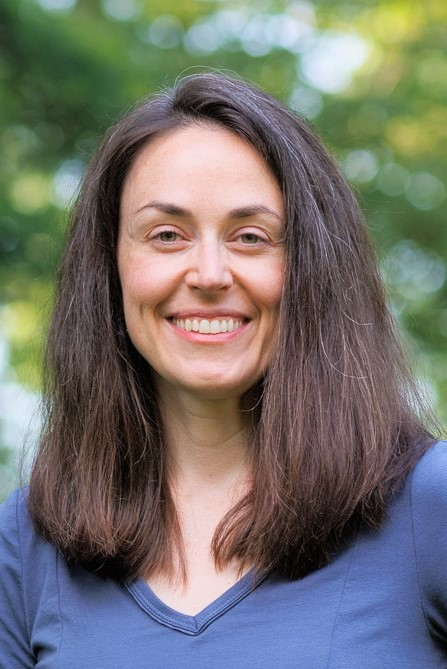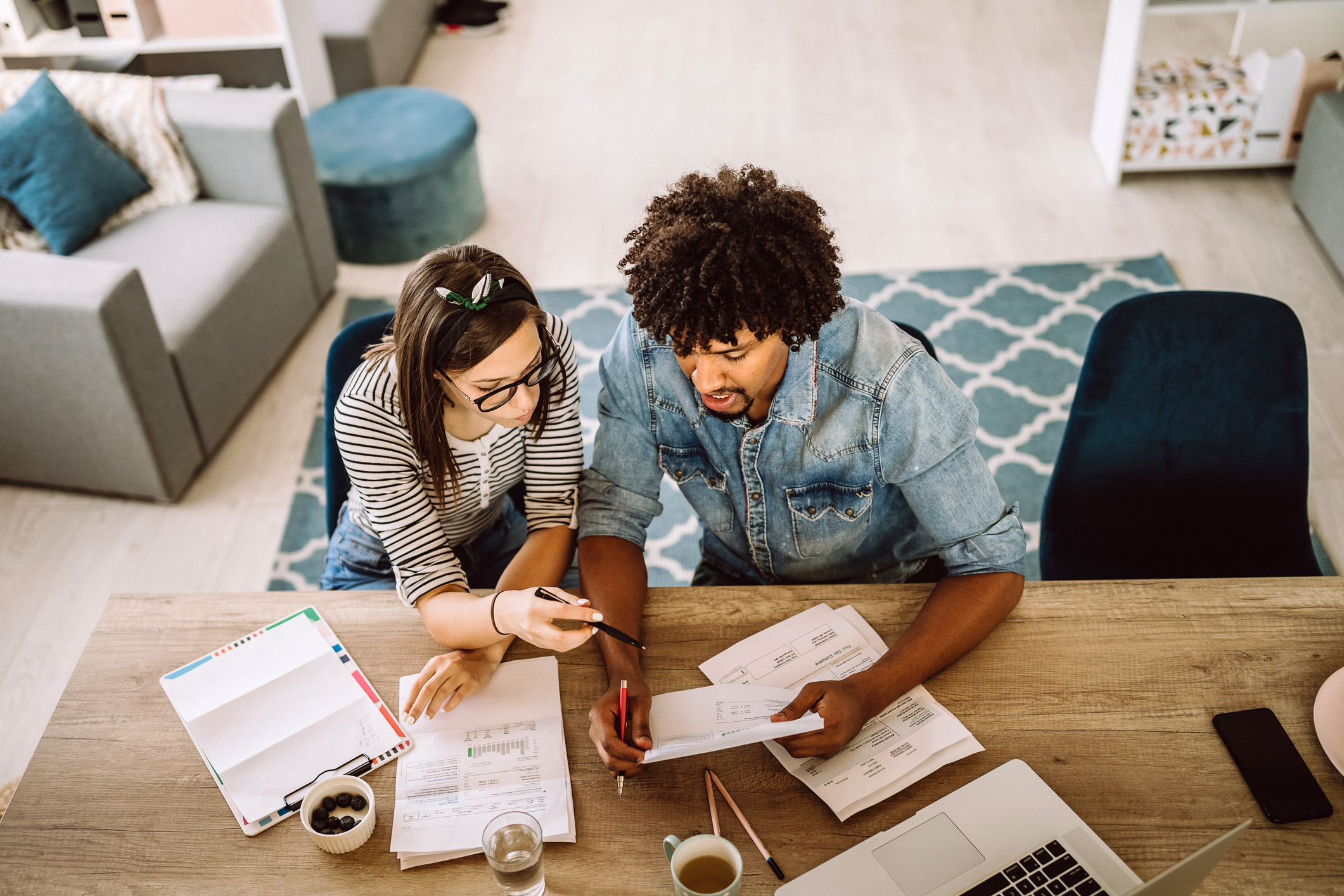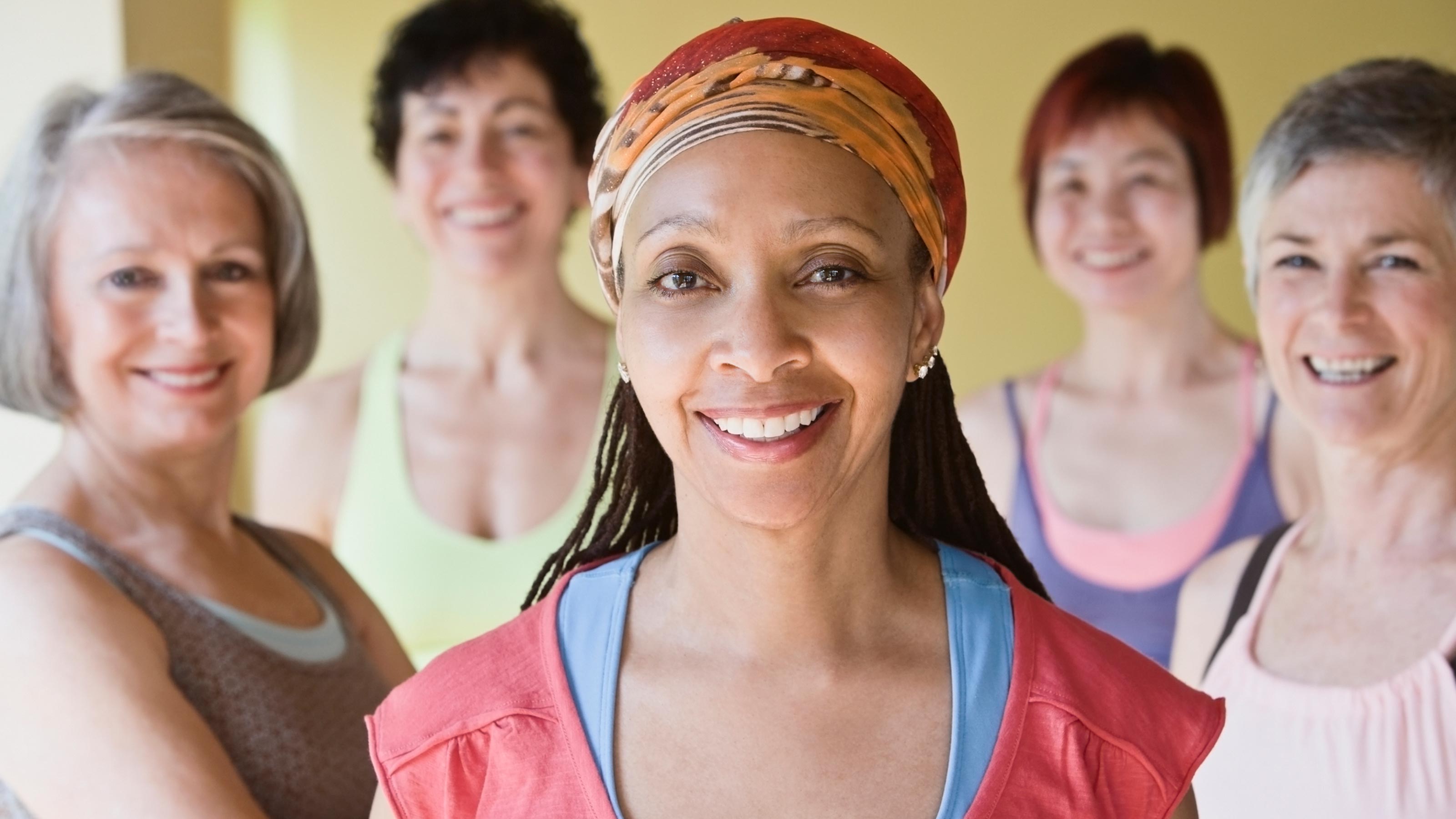Financial Lessons From the Modern-Day Amelia Earhart
Encourage others to invest in you and your dream.

When Amelia Mary Earhart set out in 1937 to become the first woman to fly around the world, she famously vanished somewhere over the South Pacific. But her pioneering spirit lives on in a young woman who, though not related, shares the same first and last name. During the summer of 2014, Amelia Rose Earhart and co-pilot Shane Jordan spent 18 days flying around the world in a Pilatus PC-12 NG plane. Successfully completing the journey at the age of 31, Earhart became the youngest woman to circumnavigate the globe in a single-engine aircraft. The flight also highlighted the changes in aviation technology between 1937 and 2014.
Earhart spent a year and a half planning and gathering funding for the trip. She shared with us the financial journey she took to make it happen—and her best advice for other young people who want to finance their own dreams.
KIPLINGER: When did you start training to become a pilot?
From just $107.88 $24.99 for Kiplinger Personal Finance
Become a smarter, better informed investor. Subscribe from just $107.88 $24.99, plus get up to 4 Special Issues

Sign up for Kiplinger’s Free Newsletters
Profit and prosper with the best of expert advice on investing, taxes, retirement, personal finance and more - straight to your e-mail.
Profit and prosper with the best of expert advice - straight to your e-mail.
EARHART: My first flight lesson was in 2004, at the age of 21. I worked as many jobs as I could during college to pay for lessons. I would save and save and save, then spend all of that money on lessons. It cost me about $10,000 to get my private pilot's license over the course of about four years.
How did you begin planning the trip?I wrote out all the possible difficulties: What would my route be? What countries are going through political issues with the U.S.? What airspace restrictions were in place? The list took up the entire kitchen table, and I had to conquer all of the issues before the flight could take place.
At the time, I was a journalist at a television affiliate in Denver. I was getting up at 2:30 in the morning to go to work and do the morning and midday shows. Then I would head to the airport for flight training or to work on other components of the plan.
How did you afford your trip around the world?It would have been tough to raise enough money by trying to save or asking people to donate. So I asked sponsors to take part, and the sponsorships were my sole source of funding for the trip. I considered every manufacturer that had put something on the plane I flew—the wheels, the engine, the avionics inside the cockpit, the propeller, the brake system. I asked myself, What value would these companies get out of being associated with this story?
What major expenses did the trip entail?We had to find an airplane to use, as well as pay for training, fuel, permits to fly through the airspace of other countries, landing fees and visas. Plus, there were travel expenses leading up to the trip, including open-water survival training in Connecticut.
My public relations team was the biggest investment. I wanted to give my sponsors an awesome return on an inspiring aviation story, so I needed to get immense amounts of media coverage.

How did you approach the sponsors?I made sure that I had done all my homework on the companies, learning how they got started and what their founders were passionate about. I also had a mission statement. I think everybody has a calling for a hero's journey, and a lot of aviation companies stand for adventure. That's what I played up in the face-to-face meetings—an aviator's journey to chase horizons and cross boundaries that haven't been crossed before. I got financial support from 21 of the 22 companies I approached.
How did you publicly recognize your sponsors?I put logos on the outside of the aircraft and wore a flight jacket that had all the sponsor names on it. Another component was a massive social media campaign. On a daily basis, certain sponsors would get recognition on my Facebook, Twitter and Instagram pages. I tried to post authentic explanations of something relevant to the flight. For instance, when talking about the engine manufacturer, I included a photograph of the inner workings of the engine.
Also, we got exposure on television and radio and in newspapers. The final press kit showed that over the course of 18 days, we generated $18 million in ad value for all of the sponsors. I was able to show my sponsors how much they got in return for their contributions.
What was the most challenging part of gathering enough funding for the project?The nerves that came along with making that first phone call to a sponsor. I told myself that the greater impact of my flight was giving people a story to follow and getting other young women interested in aviation. Right now, only about 5% of pilots [in the Air Line Pilots Association] are women. I reminded myself to keep that passion and heart in my voice when I made the phone calls.
What are you working on now?I'm writing a book about the flight. I also run the Fly With Amelia Foundation, a charity I started to award flight-training scholarships to young women. The most successful fund-raiser brought in close to $100,000 to put 11 young women through flight school. I think that starting the charity showed my sponsors that I wasn't doing it just for me. I don't pay myself through the foundation because I want all the proceeds to go to scholarships.
I took a development position at the Wings Over the Rockies Air & Space Museum, in Denver. I'm taking a 180 from TV news by going into nonprofit education, and I've never been happier.
What advice would you give to young people who want to finance a big dream?Be humble, and be willing to meet your partners and sponsors halfway. There were certain things about the flight that I would have loved to do bigger or smaller or bolder or a different color. But if people are willing to contribute to you financially, you may have to bite your tongue. That's okay, because once you're done, you realize that the petty discrepancies along the way mean nothing.
Profit and prosper with the best of Kiplinger's advice on investing, taxes, retirement, personal finance and much more. Delivered daily. Enter your email in the box and click Sign Me Up.

Lisa has been the editor of Kiplinger Personal Finance since June 2023. Previously, she spent more than a decade reporting and writing for the magazine on a variety of topics, including credit, banking and retirement. She has shared her expertise as a guest on the Today Show, CNN, Fox, NPR, Cheddar and many other media outlets around the nation. Lisa graduated from Ball State University and received the school’s “Graduate of the Last Decade” award in 2014. A military spouse, she has moved around the U.S. and currently lives in the Philadelphia area with her husband and two sons.
-
 Forget FIRE: Why ‘FILE’ Is the Smarter Move for Child-Free DINKs
Forget FIRE: Why ‘FILE’ Is the Smarter Move for Child-Free DINKsHow shifting from "Retiring Early" to "Living Early" allows child-free adults to enjoy their wealth while they’re still young enough to use it.
-
 7 Tax Blunders to Avoid in Your First Year of Retirement
7 Tax Blunders to Avoid in Your First Year of RetirementA business-as-usual approach to taxes in the first year of retirement can lead to silly trip-ups that erode your nest egg. Here are seven common goofs to avoid.
-
 How to Plan for Social Security in 2026's Changing Landscape
How to Plan for Social Security in 2026's Changing LandscapeNot understanding how the upcoming changes in 2026 might affect you could put your financial security in retirement at risk. This is what you need to know.
-
 My Four Pieces of Advice for Women Anxious About Handling Money
My Four Pieces of Advice for Women Anxious About Handling MoneyTalking about money can help you take control of your finances.
-
 What You Learn Becoming Your Mother's Financial Caregiver
What You Learn Becoming Your Mother's Financial CaregiverWriter and certified financial planner Beth Pinsker talks to Kiplinger about caring for her mother and her new book.
-
 Four Smart Steps To Take Before Buying Your First Home
Four Smart Steps To Take Before Buying Your First Homehome Buying your first home can be daunting. Here are four things you need to do years before you start house-hunting to prepare financially for the biggest purchase of your life.
-
 CVS Will Pay “Pink Tax” and Drop Prices on Period Products
CVS Will Pay “Pink Tax” and Drop Prices on Period ProductsCVS is taking a stand against the pink tax, tampon tax, and period poverty in twelve states where tampons and other menstrual products are more expensive.
-
 They Lost a Spouse but Bounced Back: 5 Women’s Financial Stories
They Lost a Spouse but Bounced Back: 5 Women’s Financial StoriesWomen & Money A look at how five widows got their financial lives in order and got to a better, brighter, more empowered place. They did it, and so can you.
-
 How Women Can Get What They Want (and Need) from a Financial Adviser
How Women Can Get What They Want (and Need) from a Financial AdviserWomen & Money Improving women’s experiences with financial professionals starts with honest conversations and some smart questions. And picking the right pro – one who knows how to listen – is critical.
-
 Abortion and Taxes: What Happens Now Without Roe v. Wade?
Abortion and Taxes: What Happens Now Without Roe v. Wade?Women & Money See how abortion-related medical expense deductions, HSA and FSA payments, employer-provided travel, and charitable contributions will be handled now that Roe v. Wade has been overturned.
-
 3 Start-Small Financial Goals for Every Woman
3 Start-Small Financial Goals for Every WomanWomen & Money Getting control of your finances is a big task, but you can always start small. Three mindful steps could get you on the right path.